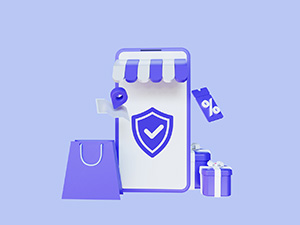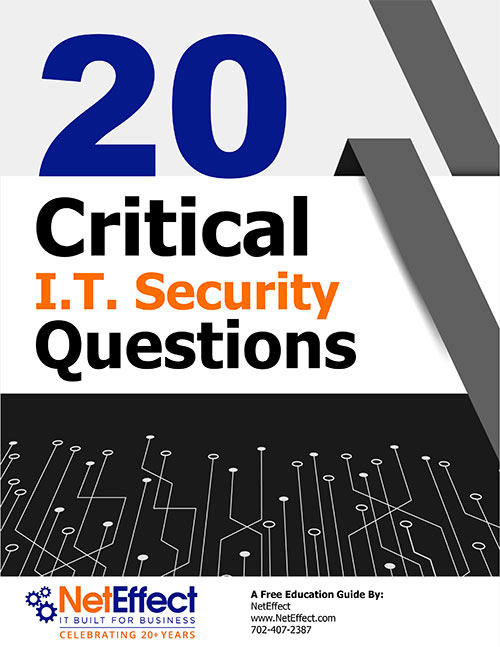 Are you planning on buying gifts for the special women in your life for Mother’s Day? If you shop online, there are a few ways to do it SAFELY. During the holidays, cybercriminals ramp up various scams to capitalize on innocent people looking for gifts online. These scams range from fake offers to sham giveaways, all with the goal of stealing your money and information. Times and technology have changed drastically in just the last year, meaning what kept you safe before is no longer enough. In today’s article, we’ll share the best way to pay for your online purchases, the common scams to look out for and the top online shopping best practices to keep you safe.
Are you planning on buying gifts for the special women in your life for Mother’s Day? If you shop online, there are a few ways to do it SAFELY. During the holidays, cybercriminals ramp up various scams to capitalize on innocent people looking for gifts online. These scams range from fake offers to sham giveaways, all with the goal of stealing your money and information. Times and technology have changed drastically in just the last year, meaning what kept you safe before is no longer enough. In today’s article, we’ll share the best way to pay for your online purchases, the common scams to look out for and the top online shopping best practices to keep you safe.
How To Make Online Purchases Safely
Should you use your debit card to buy online? No! Debit cards are linked directly to your bank account. If you make a bad purchase online, it can be very difficult to get your money back once you’ve alerted your bank. To avoid headaches, hours on the phone arguing with customer support, losing money and, if things escalate enough, legal fees, use your credit card or a third-party payment system instead.
Credit cards have extensive fraud monitoring systems, which can often catch discrepancies as they occur. These companies use statistical analysis and machine learning to track and analyze your transactions to quickly identify suspicious activity, allowing you to dispute the purchases and avoid being charged.
Some credit card companies, like Capital One, go a step further to keep you secure by offering virtual credit cards. These cards provide you with a random 16-digit number, a three-digit CVV and an expiration date that you can use for online or even in-store purchases. While these DO connect to your real accounts, retailers are unable to see your actual card details, keeping your information secure. Bonus: These can be “turned off” at any time, eliminating the hassle of canceling unneeded subscriptions without going through the merchant.
Third-party tools like PayPal are also a great option because no personal information is exchanged with the seller. The company you’re purchasing from does not receive your financial or banking information, keeping your data secure.
Online Shopping Best Practices
Using a credit card, virtual card or third-party payment tool is a great start, but it isn’t the only proactive step you should be taking to stay safe online. If you’re making purchases online, make sure you’re also:
Shopping from real websites - Cybercriminals will set up fake websites that look exactly like big-name websites. Go to the REAL website and search for the item you’re looking for.
Avoid too-good-to-be-true offers - If it sounds like a scam, it’s probably a scam! If you’re interested, go to the website and look up the deal to see if it exists.
Do NOT click on promo links in e-mails - Cybercriminals will set up spoof e-mails mirroring your favorite brands. When you click on the offer links, they can infect your network.
Use a VPN - This hides your location and web browsing information from snoopers.
Don’t save your information - Password tools are trying to make your life easier by saving your payment information, but they make you more vulnerable to having it swiped.
Use unique logins for loyalty accounts - Using the same e-mail and password combo for all your loyalty accounts means that if one is compromised, a smart hacker could break into all of them, and some will have your payment information available.
Set up alerts - Go into your banking system and enable notifications. You can request to be notified when any purchases or purchases over a certain amount are made, so you can quickly report any suspicious activity.
Cybercriminals will use any method they can to steal your information and money. To stay safe, you must take a proactive approach to protecting your financial information. This is equally true for your business. If hackers are willing to put this much effort into stealing money for low-dollar purchases, imagine what they would do to access your company accounts. Your customer data, employee information, trade secrets and more can be worth millions to them.
If you’re not sure if your company is as secure as it should be or you just want to get a second set of eyes on your system to make sure there aren’t any holes in your security, we’ll perform a FREE Network Security Assessment for you. We’ll go through our multi-step security checklist and let you know if and where cybercriminals can get into your network.
Click here to book your FREE Network Security Assessment now or call our office at 702-744-7484 .









